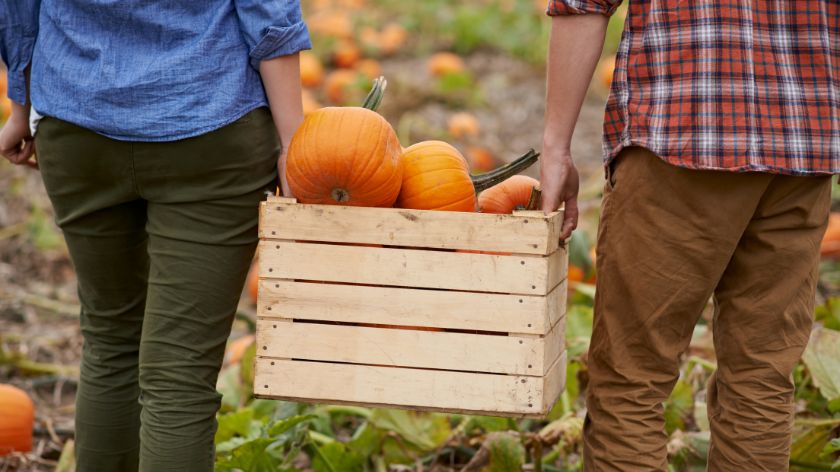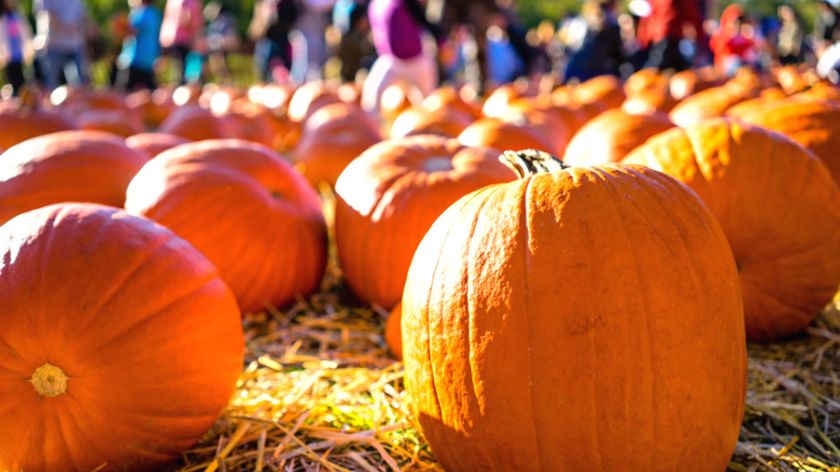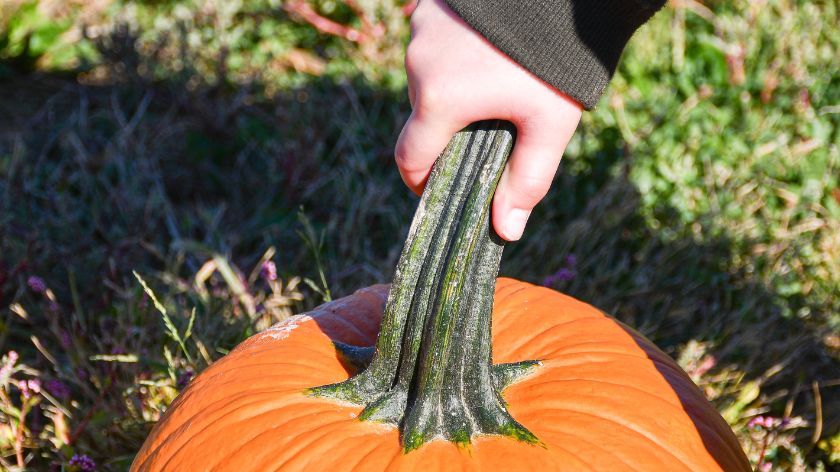Fall is often considered pumpkin season. While most vegetables are harvested at the peak of maturity, the time to harvest pumpkins is usually the autumn period. But what if autumn has arrived and the pumpkins are not yet ready for harvest? Should they still be picked then?

What is the best time to pick a pumpkin?
Depending on the variety, pumpkins usually take between 90 and 120 days to reach maturity. Hot and humid days can cause pumpkins to ripen early. early ripening is also affected by any condition that leads to premature death of the vine. Likewise, a warmer fall allows pumpkin vines to continue growing, which can delay ripening.
Unless you want to use pumpkins for carving or any kind of decoration, but for food, the ideal time to pick pumpkins is when they are fully ripe. Pumpkins that have reached the peak of maturity will have the best taste, color and longest shelf life. To know when to pick your pumpkins, check these signs of ripeness:
- Darker color – Regardless of whether you planted an orange or another color pumpkin, check if the pumpkin has completely changed its color compared to n.
- Hard crust – Try to dig your nail into the surface of the pumpkin. If it doesn’t leave a dent, the skin has hardened and is ready to be picked. If it is soft and the nail easily passes through it, then it should be left to ripen
- A woody stem – Yellow leaves and vines at the end of the growing season indicate fruit ripening. At this point, the stem will begin to turn brown and woody.
- A hollow sound – Lightly tap the pumpkin. A ripe pumpkin will make a hollow sound.


How are pumpkins harvested?
When the pumpkins are fully ripe, use a pair of sharp pruning shears to cut the vine a few inches away from the pumpkin. If you leave part of the stem on the pumpkin, it will make it more attractive, plus it prevents the fruit from rotting. To prevent the stem from breaking, never use it as a handle to lift or carry the pumpkin.
Freshly picked pumpkins can be used immediately in recipes or preserved for future culinary dishes. Pumpkins intended for storage or use as fall decor will need to be cured. This process allows the crust to harden and any scratches to heal.
Drying can be done in the field provided the weather is warm and dry. It takes 7 to 14 days for the pumpkin to dry in ideal conditions at a temperature of 27-29 degrees C and about 80% humidity. If conditions are not suitable for drying in the field, carefully move the pumpkins to a warm and dry shelter to harden.


Once the pumpkins are cured, they can be displayed, carved or stored. Pumpkins can be stored for 10 or more weeks at 10-16 degrees C and humidity from 50 to 80%.
Does frost affect the pumpkin harvest time?
In addition to the desire to use pumpkins for fall decoration, threats of frost or cold temperatures are another common reason for picking pumpkins before peak ripeness. Although pumpkins can survive a light frost, temperatures below -2 degrees C will damage the pumpkin tissue and lead to decay.
While gardeners can protect their crop from a light frost by covering the pumpkins, cooler temperatures are often a sign that the fruit should be harvested as soon as possible to preserve it. Partially ripe pumpkins can reach a dark color and ripen further when removed from the vine.
These pumpkins can be used as autumn decorations or for carving, but they will lack taste, sweetness and the shelf life will be shorter than that of pumpkins that have ripened in the field.
Source: www.agromedia.rs


